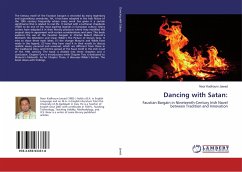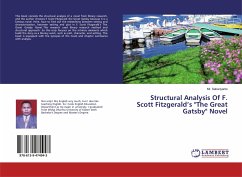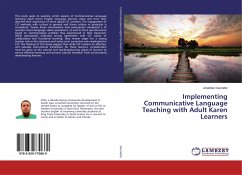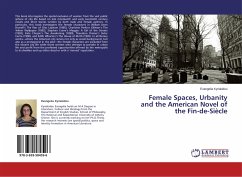The famous motif of the Faustian bargain is encircled by many legendary and superstitious anecdotes. Yet, it has been adopted in the Irish fiction of the 19th century frequently where every work has given it a certain significance that is related to real life. It started with a Lutheran chapbook (1587) to be one of the most aspiring legends in European culture. Many writers have adopted it in their literary products where they modified the original story in agreement with certain considerations and aims. This book explores the use of the Faustian bargain in Charles Robert Maturin's Melmoth the Wanderer and Oscar Wilde's The Picture of Dorian Gray. It tries to show three main ideas: (1) the change Maturin and Wilde have made in the legend, (2) how they have used it in their novels to discuss realistic issues, personal and universal, which are different from those in the traditional story, and (3) the spread of the Faust motif in the Irish novel of the 19th century. The book is divided into three chapters and a conclusion. Chapter One is introductory while Chapter Two is dedicated to Maturin's Melmoth. As for Chapter Three, it discusses Wilde's Dorian. The book closes with findings.
Bitte wählen Sie Ihr Anliegen aus.
Rechnungen
Retourenschein anfordern
Bestellstatus
Storno








